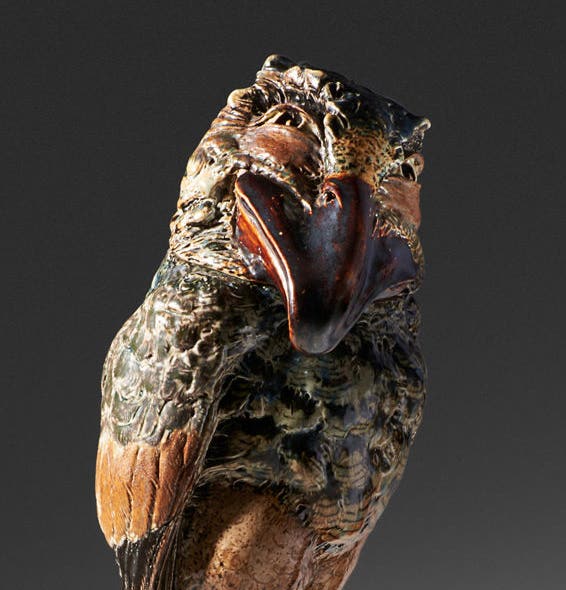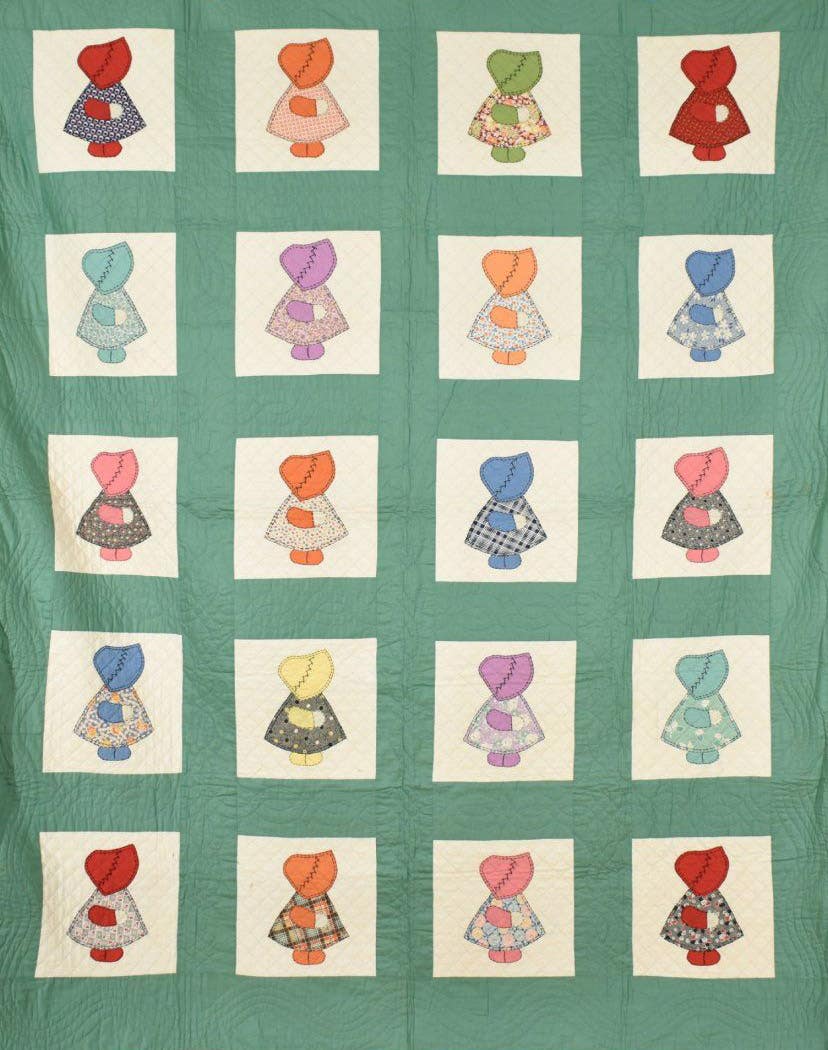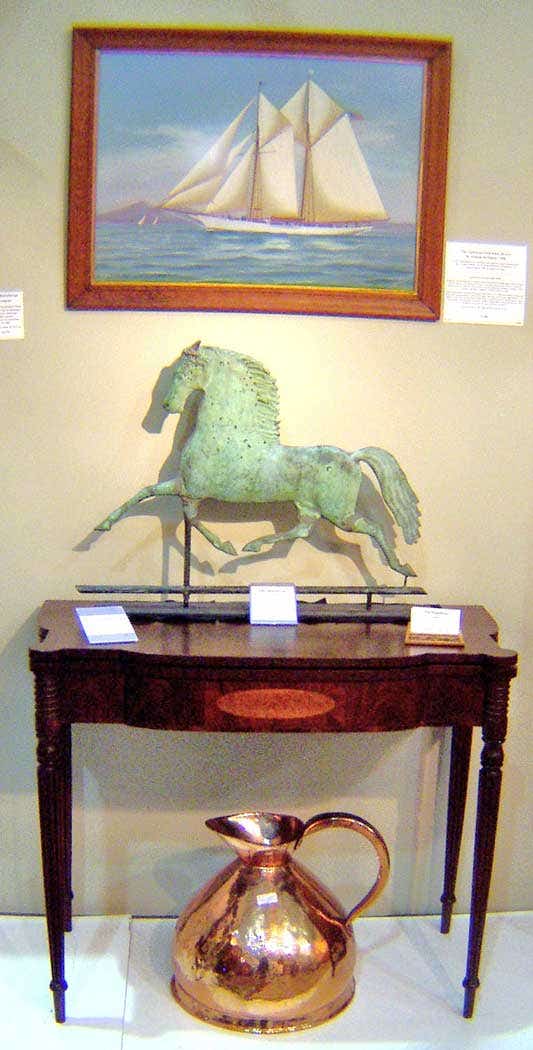7 ways to refresh an antiques business
A business’ brand is a big deal. With that, it carries a lot of responsibility and potential reward for a business, which is why it may not be the best idea to think re-branding when sales are down.
By Wayne Jordan
Here’s a crazy idea: Why doesn’t Dunkin’ Donuts drop the word “Donuts” from its name? Then they can focus on selling coffee, and give Starbucks a run for their money. After all, coffee is a hot seller (pardon the pun) and doughnuts aren’t very healthy. Sounds like a great idea, doesn’t it?
Name Change Game Plan
At least, that’s what the executives at Dunkin’ Donuts think. [http://wapo.st/2wEl9bB] Bizarre as it seems, the world-famous doughnut chain has decided that it’s in their best interest to re-brand the company as a coffee seller. The announcement of their re-branding test states: “Dunkin’ Donuts is a beverage-led brand and coffee leader.” Excuse me? Since when? I thought they were a doughnut shop that sold coffee. Apparently, I was wrong. They are a coffee shop that sells doughnuts. Silly me.
Their new name will be “Dunkin.” They even have a new slogan: “Dunkin’. Coffee and More.”
Well, this has got to be one of the most ludicrous ideas I’ve ever heard. I can imagine confused customers asking: “Do you still sell doughnuts?” I’m reminded of the disastrous attempt to re-brand Radio Shack as “The Shack”: Helped a lot, didn’t it? Where is Radio Shack today?
The Dough In Donut-making
Doughnut-making is a $12 billion per year enterprise; Dunkin’ Donuts has a 57 percent share of the U.S. doughnut market. 57 percent! I “get it” that Starbucks is killing Dunkin’ Donuts in coffee sales. But if I asked you to name a retail coffee chain, what would your answer be? You’d probably say “Starbucks.” If asked you to name a retail doughnut chain, “Dunkin’ Donuts” would likely be your answer. Why? Because both companies have top-of-the-mind awareness with consumers. Customers know them as market leaders. Their brands are trusted. Re-focusing away from their core business will be a costly marketing gaffe for Dunkin’ (Donuts).
This, in a round-about way, brings me to the antiques business. Since the late 1990s, there has been a lot of angst about whether the word “antique” is a proper label for our business in the 21st century. After all, it’s been said, most dealers now focus on collectibles and vintage goods. Shouldn’t the name of a business reflect what they are selling? Sure; but does a name have to represent everything sold in the store? No, it doesn’t. (Note to Dunkin’: Drop the “and More” from your slogan; it doesn’t add anything.)
Consider Refresh Versus Rebrand
The term “antiques” is so 20th century. Younger shoppers don’t come into antique stores because
they don’t believe antiques to be relevant to their lives. So, some antique stores have been re-branding their businesses in an attempt to attract new generations of buyers. I know of a store that has changed its name three times in the past two years, without changing ownership or location. In my opinion, that’s a mistake.
If sales are down but you have a well-established business with a steady clientele, you don’t need a re-brand. Perhaps what you need is a refresh. It’s important to stay true to your core business and customer base. Why risk losing customers you already have in order to appeal to younger buyers? There are antiques buyers everywhere; you just have to find them and reach out. Changing a business name won’t accomplish that.
I can think of at least seven ways to refresh an antiques business; I’ll bet you can come up with a few more.
7 Steps to Refresh An Antiques Business
• Get rid of dead inventory. Take it to an out-of-town flea market or auction and accept whatever you can get for it. Or, wholesale the lot to an out-of-town dealer. Don’t sell it locally; you want out-of-town money, and you don’t want your existing customers to see you offering deep discounts.
— Give your store a new look.Paint the walls, replace the carpet, move the fixtures and shelves around. Add lots of reflective surfaces and brighten-up the lighting.
• Improve in-store signage. Consult a professional! Tacky, handwritten signs indicate a sloppy business ethic.
— Take on a new product line or add a service, and dedicate a section of your store to it. Check eBay or other sites for hot-selling collectibles (new or vintage) that would appeal to your customer base.
• Increase market penetration.There are antiques enthusiasts within driving distance of your store who have probably never heard of you. Open a booth in an antique mall outside of your local area; optimize your website to focus on adjacent markets, and mobile-optimize it to attract the tourist trade; participate in antiques fairs; increase online selling channels.
— Insure that your Google Places and online directory listings are up-to-date and consistent.
• If you don’t have a logo, get one.Visual association is a strong marketing tactic. If you already have a logo, hire a graphics designer to “dress it up.”
Refresh for Positive Reinforcement
These actions reinforce your brand rather than deflect from it. Your goal with any “refreshing” activity is to achieve “top of the mind awareness” with your local consumers. Even if an individual has never set foot in your store, you want him to respond with the name of your store when asked, “Where is there a good antique store in this town?”
In a 2009 paper titled “Branding Strategies During Economic Crisis: Avoiding the Erosion” [http ://bit.ly/2wNSp0s], Dainora Grundley of Vilnius University asserts:
“Brands represent a consumer, business or regional shorthand for what a company does and how well it does it. (They) are a valuable corporate asset that can increase profitability, sales and even share value. Brands shrink sales cycles. They bolster competitive prowess and help launch new offerings. They enable higher pricing.”
Build Up What Is Good
Don’t dilute your brand by attempting to re-name and re-focus it. You’re an antique dealer. Stand your ground and refresh your image rather than re-branding. If sales are down, go out and find some new customers. They’re out there!
I’ll bet you dollars to doughnuts they are.
Longtime columnist, writer, and author, Wayne Jordan is an antiques and collectibles expert, retired antique furniture and piano restorer, musician, shop owner, auctioneer, and appraiser. His passions are traveling and storytelling. He blogs at antiquestourism.com and brandbackstory.com.








